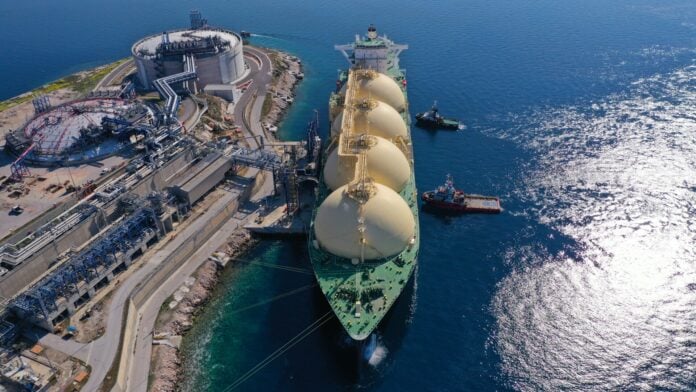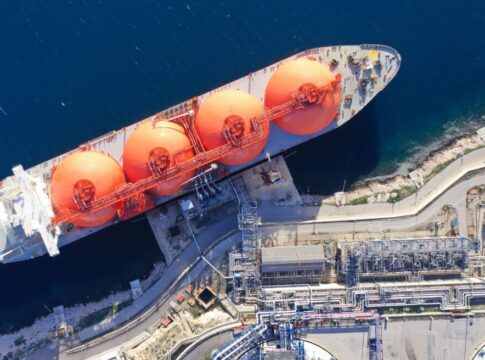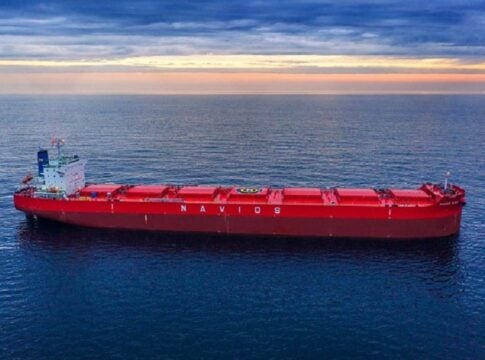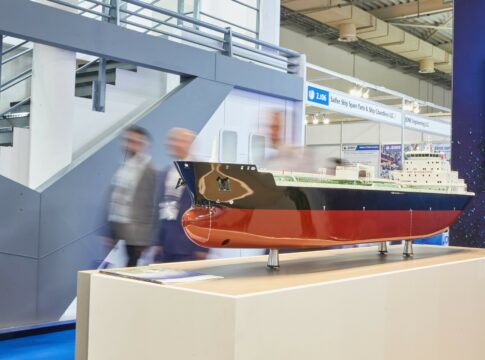The use of LNG as a marine fuel is constantly gaining ground aligning with the International Maritime Organization (IMO) goals for zero gas emissions by 2050.
According to Norwegian DNV, more than 1,000 ships will be using LNG as fuel and carrying cargo around the world with reduced emissions by the end of 2027, compared to just 36 ships operating on liquefied natural gas a decade ago.
Based on this year’s report by the SEA-LNG industry coalition, LNG currently has significant advantages as a marine fuel compared to other alternative fuels, being safe and without operational problems.
As reported, existing fuel infrastructure can transport and store biological and electronic liquefied natural gas with minimal, if any, changes required.
It is also noted that LNG’s high energy density relative to other alternative fuels allows shipowners and operators to carry less fuel and more revenue-generating cargo.
Docking infrastructure in 188 ports
As orders for LNG-fueled ships increase, the global LNG storage infrastructure continues to expand. According to Clarksons, approximately 188 ports around the world can offer LNG bunkering services, while a further 82 locations have plans decided, implemented or are under discussion to supply the fuel.
As of June 2023, Clarksons estimated that energy-saving technologies have already been installed in over 6,250 ships, representing 27.3% of the global fleet tonnage, while a total of 6% of the global fleet tonnage is capable of using alternative fuels (from 2.3% in 2017).















